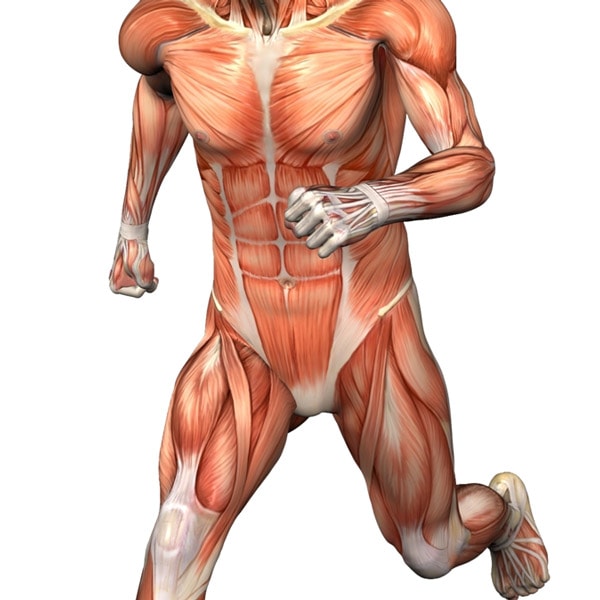Yet another study proves—yet again—that osteoarthritis pain is not related to structure. At issue here is the orthopedic paradigm that pain is related to structure; that MRI findings like meniscus tears and cartilage damage associated with osteoarthritis are the cause of the pain a patient is experiencing. The latest study, reported in the February 2015 issue of Best Practice & Research in Clinical Rheumatology, sought to identify the actual source of osteoarthritis pain. This is something Regenexx doctors know well from years of doing the types of exams that actually find the source of pain, and from treating osteoarthritis pain successfully without surgery.
It’s easy to see where this erroneous paradigm comes from. Joints are complex mechanisms full of structural parts that connect one part of a body to another in a way that allows movement. There are ball and socket joints like the hip, hinge joints like the elbow, gliding joints like in the hand, and saddle joints like the vertebrae in the spine. What they all have in common are bones, cartilage, fibrocartilage, synovial fluid, tendons, ligaments and muscles—and the nerves that send and receive signals to and from the spinal cord and ultimately the brain. The nerves not only direct what all of the aforementioned parts need to do, they also are the part of the joint that sends pain signals. Osteoarthritis is a condition that occurs when the protective cartilage at the ends of the bones in a joint wears down. The major symptom of this erosion is pain. It’s generally been assumed that the damaged cartilage is the source of the pain.
In the study, researchers in Paris determined that osteoarthritis pain originates in the free axonal nerve endings in the synovium, the tendons, and the periosteum (dense irregular connective tissue covering the bone rich in blood vessels and nerve endings), not in the cartilage. They found that osteoarthritis pain is a complex issue involving several different types of neuromediators and nerve signals, and is not correlated with joint degradation. This is one of a bevy of studies where the degree of osteoarthritis on imaging is not related to the amount of pain that patients report. Hence severe osteoarthritis on X-ray doesn’t mean severe pain. The study concluded that because of its complex nature, treatment approaches to treat pain associated with osteoarthritis should be carefully chosen, and not determined solely by looking at an X-ray or MRI image and a quick exam.
Despite many recent studies showing that MRI findings of osteoarthritis aren’t correlated to pain, many orthopedic surgeons haven’t gotten the memo. The problem with the orthopedic paradigm that pain is tied to structure is threefold: 1) Countless unnecessary and damaging surgeries are being done based on MRI findings that have nothing to do with the source of the pain; 2) the patient is then left with the future negative consequences of those surgeries; 3) the patient’s pain wasn’t addressed because the structural problem that was “fixed” had nothing to do with the source of the pain.
“Osteoarthritis Pain Not Related to Structure—Again” first appeared as a post on the Regenexx blog.
